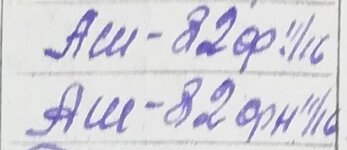- Thread starter
- #41
La-5F No.99391160: June 1943: M-82F: 3,202 kg.These are approximate data for the La-7 of the head series, tested in July 1944. The prototype La-5FN ("dooblyor") had a ground speed of 562 km/h in nominal mode and 595 km/h in emergency mode, with a maximum speed of 648 km/h.
La-5FN produced in May 1943 (#39210104) had a ground speed of 530 km/h in nominal mode and a maximum speed of 610 km/h, in October 1943 La-5FN (#39210495) had a ground speed of 542 km/h in nominal mode and a maximum speed of 620 km/h. The graphs in this book are very rough, they cannot be used to accurately determine the maximum speed of Soviet airplanes, which varied greatly during production.
561 / S. L.
619 / 5,790 m.
with 1700 horsepower, already achieved 561 at SL

